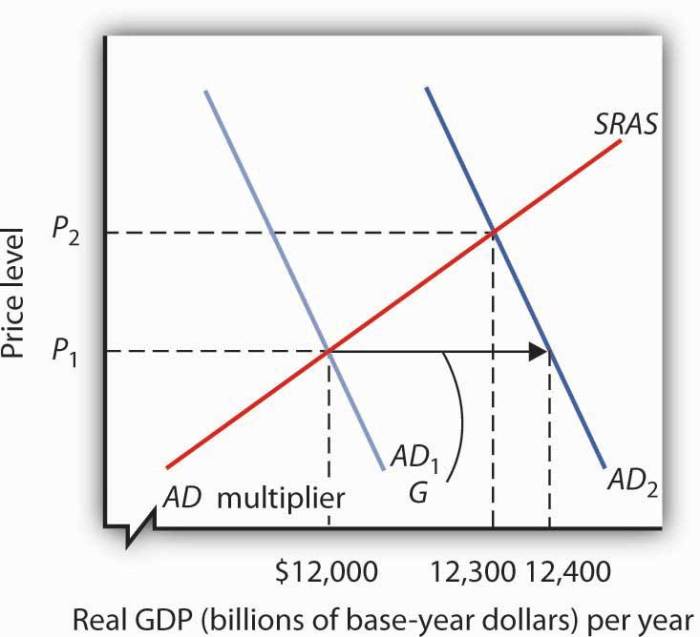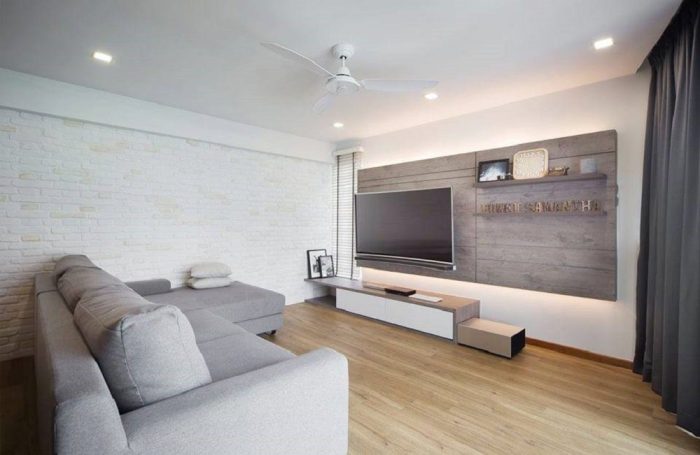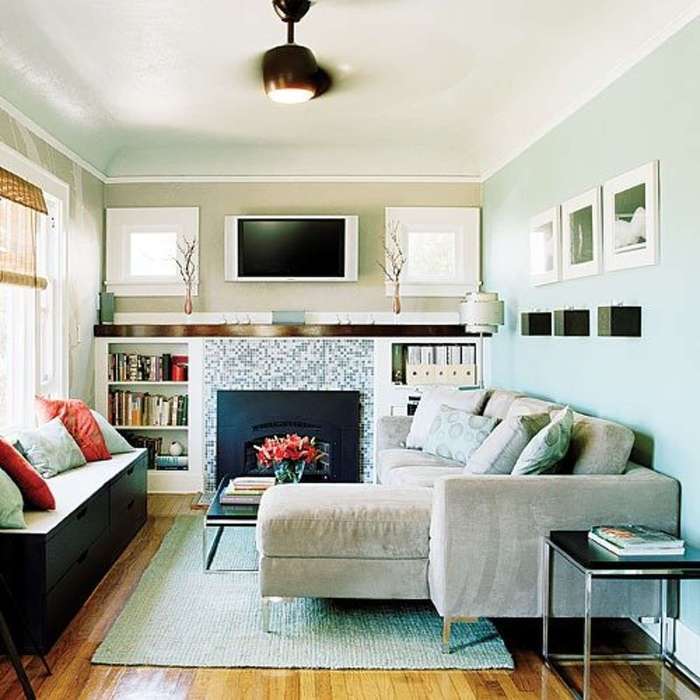Importance of Renovations in Home Value
Renovating your home is not just about making it look nicer; it can significantly impact its market value. Home renovations can act as an investment, leading to an impressive return when it’s time to sell. Studies show that each dollar spent on home improvements can yield a much higher return, making renovations a smart financial move for homeowners.Research from the Remodeling Magazine’s Cost vs.
Value Report indicates that homeowners can expect to recover about 70% of their renovation costs on average when selling their home. This statistic highlights the correlation between modern renovations and increased property value. In addition, well-executed renovations attract potential buyers by presenting a move-in-ready home, which is often a major selling point in real estate.
Key Renovations That Add Value
Certain renovations provide a higher return on investment (ROI) than others. Here are some of the most impactful projects that can enhance your home’s value:
| Renovation Project | Average Cost | Average ROI |
|---|---|---|
| Kitchen Remodel | $60,000 | 80% |
| Bathroom Upgrade | $30,000 | 70% |
| Landscaping | $10,000 | 100% |
Each of these renovations not only improves functionality but also enhances visual appeal. For example, a kitchen remodel often attracts buyers with modern appliances and open layouts, while a bathroom upgrade offers potential for luxurious relaxation. Landscaping can dramatically improve curb appeal, making homes more inviting from the street.
Cost-Effective Renovation Ideas

Renovations don’t have to break the bank; there are numerous budget-friendly options that can still enhance your home’s value. Prioritizing high-impact areas will yield the best results. Here are some effective ideas:
- Fresh Paint: A new coat of paint can transform a room and is one of the most cost-effective ways to update your home.
- Minor Bathroom Updates: Replacing fixtures, re-grouting tiles, or adding a new vanity can give your bathroom a refreshed look without extensive costs.
- Landscaping Improvements: Simple tasks like planting flowers, trimming bushes, or adding mulch can greatly enhance your home’s exterior.
Executing these renovations on a budget involves planning and prioritization. Begin by assessing areas of your home that need immediate attention and allocate your budget accordingly to maximize your investment.
Renovations to Avoid
Not all renovations are worth the investment. Some common renovations fail to significantly increase home value, leading to potential pitfalls. These include:
- Overly Customized Spaces: Personal tastes in renovations can alienate potential buyers who may not share the same preferences.
- High-End Additions: Installing expensive features that don’t align with the neighborhood market can lead to over-improving your home.
- Swimming Pools: While a pool may seem appealing, it often requires substantial maintenance and may not appeal to all buyers.
Comparing costs versus ROI reveals that some of these projects can lead to financial losses. For instance, while a kitchen remodel has a high ROI, adding a high-end outdoor kitchen may not recoup costs in certain markets.
The Role of Curb Appeal
Curb appeal plays a crucial role in determining home value. A well-maintained exterior can attract buyers and elevate perceived property value. Effective strategies to boost curb appeal include:
- Landscaping: A well-kept garden with colorful flowers and neat lawns creates a welcoming atmosphere.
- Exterior Paint: A fresh coat of paint on doors and siding enhances overall appeal.
- Upgraded Lighting: Improving outdoor lighting can add elegance and safety to your home’s exterior.
The benefits of enhancing curb appeal are clear: homes that look inviting are more likely to sell quickly and at higher prices.
The Impact of Energy Efficiency Improvements
Energy-efficient upgrades not only reduce utility bills but can also increase the overall value of the home. Examples of energy-efficient renovations include:
- Insulation: Proper insulation can lead to significant savings on heating and cooling costs.
- Solar Panels: Although the initial investment can be high, solar panels provide long-term savings and are increasingly popular among buyers.
| Upgrade | Average Cost | Average Savings per Year |
|---|---|---|
| High-Efficiency HVAC System | $7,500 | $1,000 |
| Solar Panels | $15,000 | $1,500 |
| New Windows | $10,000 | $400 |
Investing in energy-efficient improvements can yield both immediate savings and increase a home’s value, making it an attractive option for forward-thinking homeowners.
Hiring Professionals vs. DIY
Deciding whether to hire professionals or undertake DIY renovations can greatly influence project outcomes. Hiring professionals ensures that renovations are completed to a high standard, often saving time and providing valuable expertise. On the other hand, DIY renovations can save money and offer personal satisfaction. Factors to consider include:
- Complexity of the Project: Some renovations require specialized skills that are best left to professionals.
- Time Commitment: DIY projects can take longer, especially for those without experience.
- Budget: Assessing whether you can afford professional help versus tackling it yourself is crucial.
Projects best suited for DIY include painting, simple landscaping tasks, and minor repairs, allowing homeowners to add value without significant costs.
Trends in Home Renovations
Current trends in home renovations reflect buyers’ preferences and can significantly increase desirability. Popular styles include open-concept layouts, sustainable materials, and smart home technologies. These elements not only appeal to modern buyers but also enhance functionality.Staying updated with market preferences is essential for homeowners looking to improve their property value. Engaging with real estate professionals and attending home shows can provide insights into trends that resonate with buyers.
Long-Term Value vs. Short-Term Benefits
Understanding the difference between renovations that provide long-term value versus those that offer short-term aesthetic improvements is vital for strategic planning. Long-term value renovations focus on functionality and energy efficiency, while short-term projects may enhance appearance but lack lasting impact.
| Renovation Type | Long-Term Value | Short-Term Benefit |
|---|---|---|
| Kitchen Remodel | High | Moderate |
| New Roof | High | Low |
| Decorative Updates | Low | High |
Strategic planning for renovations aimed at increasing home value ensures that investments align with long-term goals, ultimately benefiting homeowners in the real estate market.

